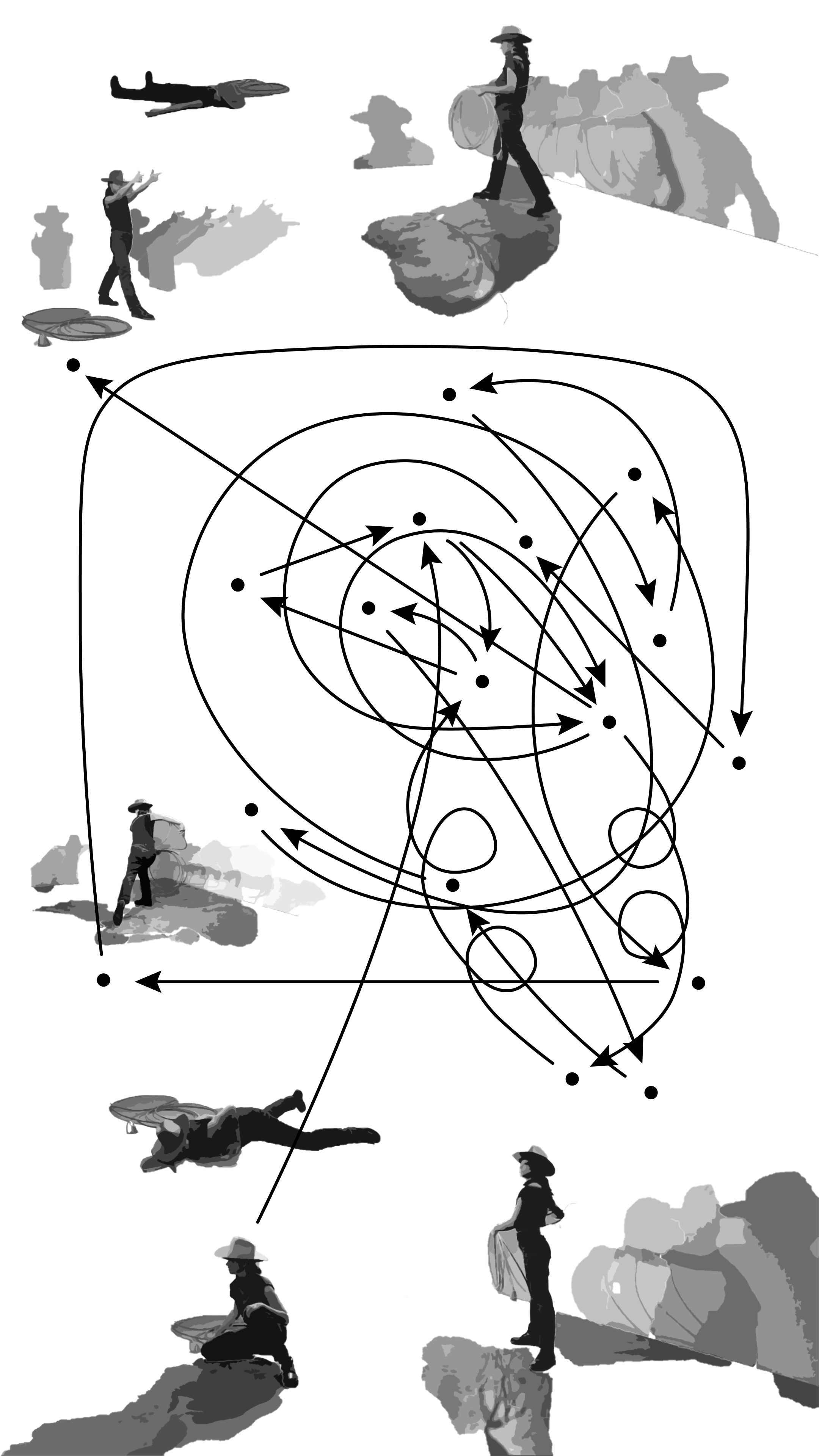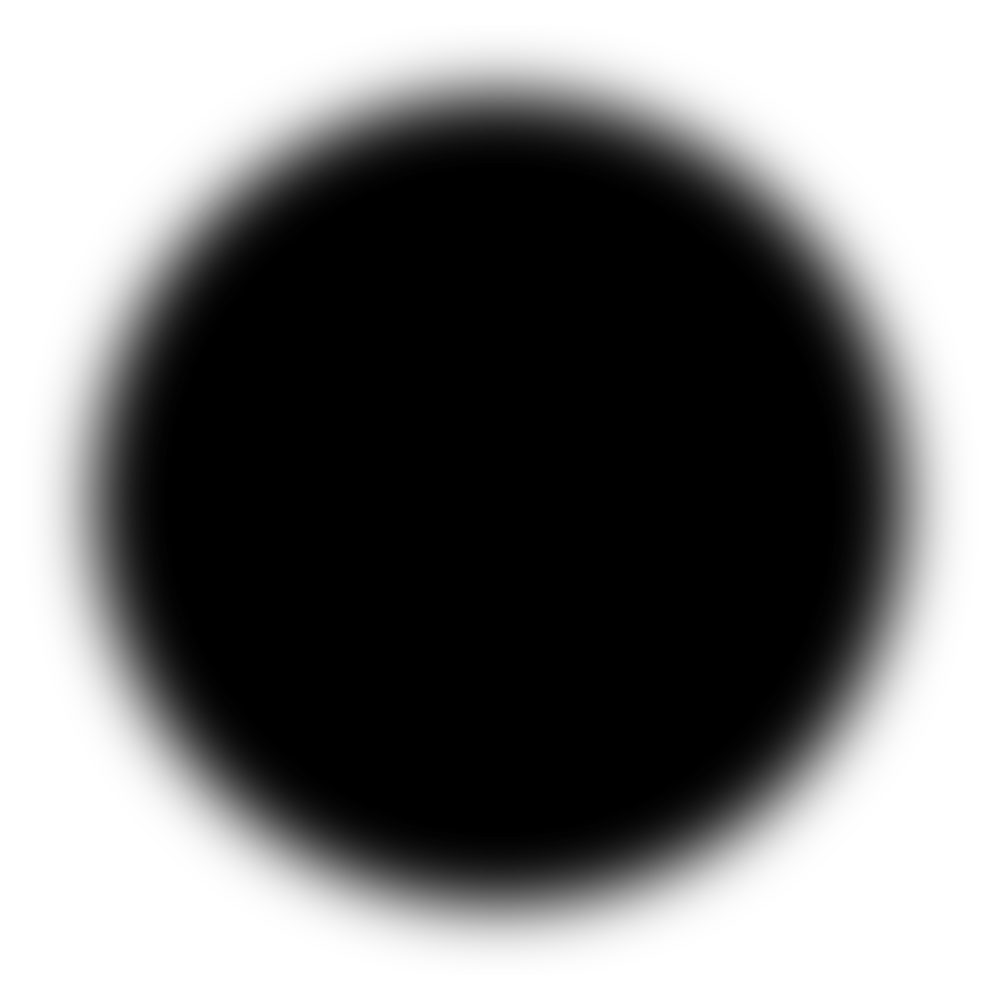Step Into Action
2021
digital drawing, essay, painting
digital drawing, essay, painting
Presented as part of On Power, in 20 Parts by the Center for Art Research at the University of Oregon and Tropical Contemporary.
March 4, 2021 – March 4, 2022
March 4, 2021 – March 4, 2022

This project uses information and imagery extracted from my video Les Amoureux (hat and lariat) (2020) to create a document consisting of digital drawing and collage. The work considers the conjuring of a kinaesthetic field where action takes place, and out of which it emerges. The kinaesthetic field incorporates both the possibilities and the limitations of any potential action, and it is in the limitations or parameters of that field that the power of the action lies.
This is an understanding of movement in a strategic sense that recognizes that social systems operate through the body. Jaana Parviainen has used Husserl’s theory of kinaesthesia to develop her concept of the kinaesthetic field (“Choreographing Resistances: Spatial-Kinaesthetic Intelligence and Bodily Knowledge as Political Tools in Activist Work,” Mobilities Journal Vol. 5 No. 3, 1 September 2010), which I have found useful for thinking about the relationship between movement and power. Choreography is for Parviainen “all activities and events in which movement appears as meaningful interactions and relations between various agents.” (5) It is the inherent ambiguity of the moving body that creates the potential for impact and the possibility of affect. As living beings, we are moved to move. The kinaesthetic field is not just kinaesthetic experience but also involves the environment of that experience, re-making “site” as kinaesthetic field with expressive and affective qualities. “Kinaesthetic fields and their rhythm always catalyse kinaesthetic potentials of moving bodies.” (11) We might then say that the kinaesthetic field and the kinaesthetic imagination produce each other, reciprocally.
In “The Cuteness of the Avant-Garde” (Critical Inquiry31, The University of Chicago, 2005) Sianne Ngai defends the use of cuteness as a critique of what it implies. Similarly, I am using iconic masculinity to comment on its constructed nature and embodiment through action. My cowboy is an exploration of the power at play in his movements, costume, and stance—enacted to engage the mythic imaginary that has haunted these lands since the westward expansion, where Indigenous people continue to be denied a way of life incompatible with the notion of private property.
The characteristically stoic near muteness of the cowboy is mirrored in the cut-out image that shows him out of context, as a silhouette and a projection—a shadow on the land. The aesthetics of the cowboy as a flat image create an “uncanny object”: familiar, yet not exactly right. Rendered as a cartoon, his features are further anonymized and generalized. He is not any particular cowboy, he is the figure of the cowboy as an idea and an illusion, yet this idea is operationalized in the narrative of conquest and very much alive in contemporary American culture. I am drawn to explore the figure of the cowboy because I see his shadow everywhere, I feel his presence under my skin.
Step into Action abstracts the movement of the improvisation for my project space Les Amoureux (2020) from the original site and reconfigures it as a map located on this site here, seemingly immaterialized. But perhaps we might think of it as an emblem of the imaginary, following Diana Oboleńska’s interpretation of Malevich’s The Black Squareas “an imaginary experience” in her article “Emblems as Hieroglyphs of the Imagination. The Black Square by Kazimir Malevich” (Studia Humanistyczne AGH (Kraków), vol. 16, no. 4, 2017). According to Oboleńska, The Black Square functions as an emblem “by including in the conceptual scope of this work not only an element such as the virtual side of a painting but, above all, the imagination of the recipient.” (75) I invoke Malevich himself, who says,
The artist can be a creator only when the forms in his picture have nothing in common with nature.
For art is the ability to construct, not on the interrelation of form and colour, and not on an aesthetic basis of beauty in composition, but on the basis of weight, speed and direction of movement.
(“From
Cubism and Futurism to Suprematism:
The New Realism in Painting,” Art in Theory, 1900-2000: An Anthology of
Changing Ideas. Ed. Harrison, Charles, and Wood, Paul. 2nd ed., Blackwell
Pub., 2003, 175)
We have thus returned from the immaterial to the material by defining art as impact, coming full circle from the materiality of the process in movement improvisation with its reliance on a kinaesthetic field, to the emblem as hieroglyph of the imagination, taken up by the viewer in their experience of the artwork.
